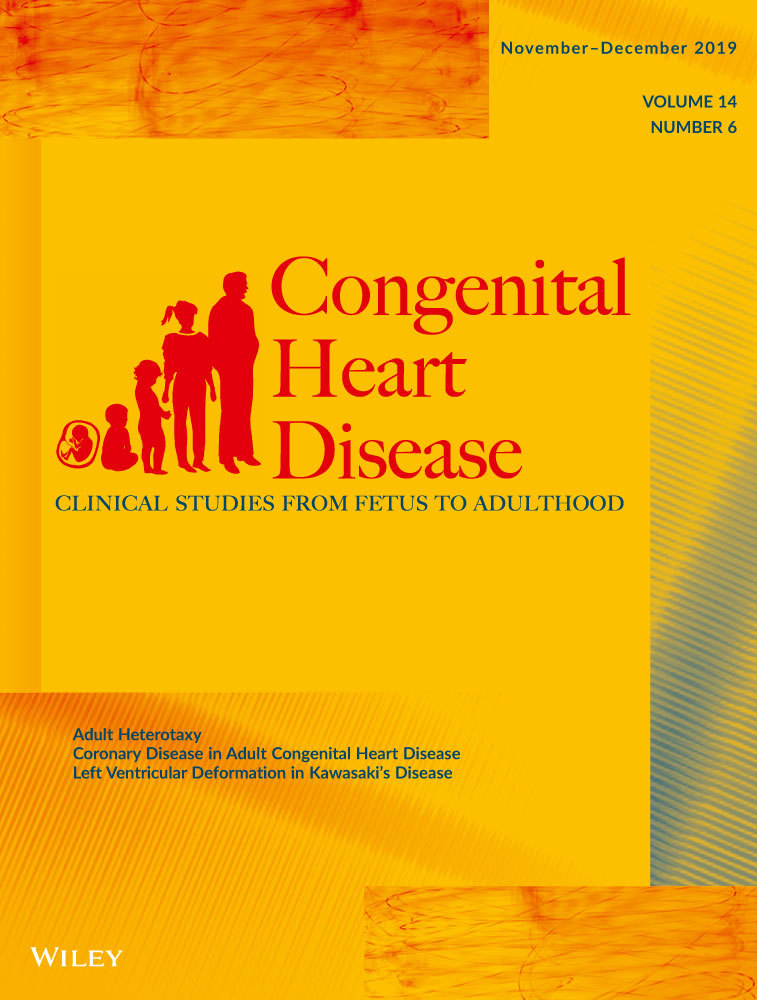Prolonged Tpeak-Tend interval is a risk factor for sudden cardiac death in adults with congenital heart disease
Abstract
Objective
Adult congenital heart disease (ACHD) patients are at risk of sudden cardiac death (SCD). However, methods for risk stratification are not yet well-defined. The Tpeak-Tend (TpTe) interval, a measure of dispersion of ventricular repolarization, is a risk factor for SCD in non-ACHD patients. We aim to evaluate whether TpTe can be used in risk stratification for SCD in ACHD patients.
Design
From an international multicenter cohort of 25 790 ACHD patients, we identified all SCD cases. Cases were matched to controls by age, gender, congenital defect, and (surgical) intervention.
Outcome Measures
TpTe was measured on a standard 12-lead ECG. The maximum TpTe of all ECG leads (TpTe-max), mean (TpTe-mean), and TpTe dispersion (maximum minus minimum) were obtained. Odds ratios (OR) for SCD cases vs controls were calculated using conditional logistic regression analysis.
Results
ECGs were available for 147 cases (median age at death 33.5 years (quartiles 26.2, 48.7), 66% male) and 267 controls. The mean TpTe-max was 97 ± 24 ms in cases vs 84 ± 17 ms in controls (P < .001); TpTe-mean was 70 ± 16 vs 63 ± 10 ms (P < .001); and dispersion was 51 ± 22 ms vs 41 ± 16 ms (P = .02), respectively. Assessing each ECG lead separately, TpTe in lead aVR predicted SCD most accurately. TpTe in lead aVR was 71 ± 23 ms in cases vs 61 ± 13 ms in controls (P < .001). After adjusting for impaired ventricular function, heart failure symptoms, and prolonged QRS duration, the OR of SCD of TpTe in lead aVR at an optimal cutoff of 80 ms was 5.8 (95% CI 2.7-12.4, P < .001).
Conclusions
The TpTe interval is associated with SCD in ACHD patients. Particularly, TpTe in lead aVR can be used as an independent risk factor for SCD in ACHD patients and may, therefore, add precision to current risk prediction models.
CONFLICT OF INTERESTS
J.T. Vehmeijer, Z. Koyak, A.S. Vink, L. Harris, C.K. Silversides, E.N. Oechslin, W. Budts, A.H. Zwinderman, and B.J. Mulder declare no conflicts of interest. J.R. de Groot receives unrestricted research grants from Medtronic, Abbott Laboratories, and Atricure and is a consultant at Daiichi Sankyo and Atricure.




